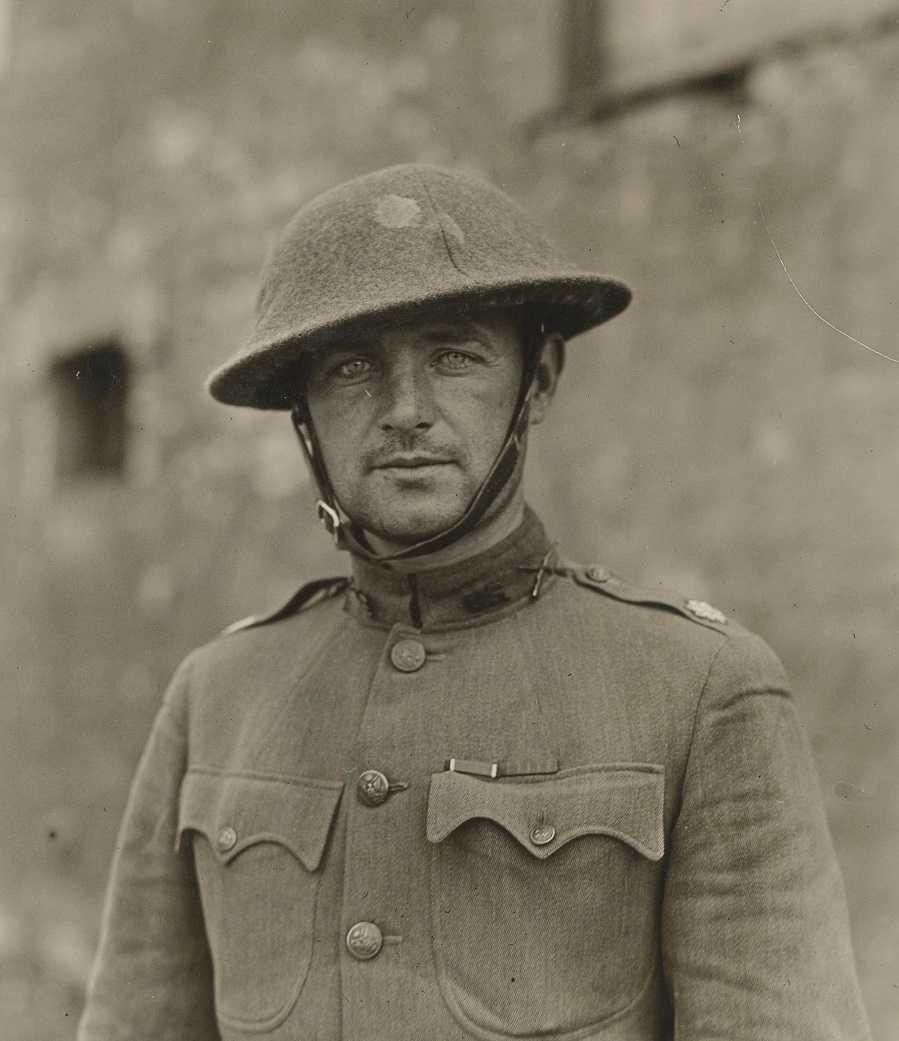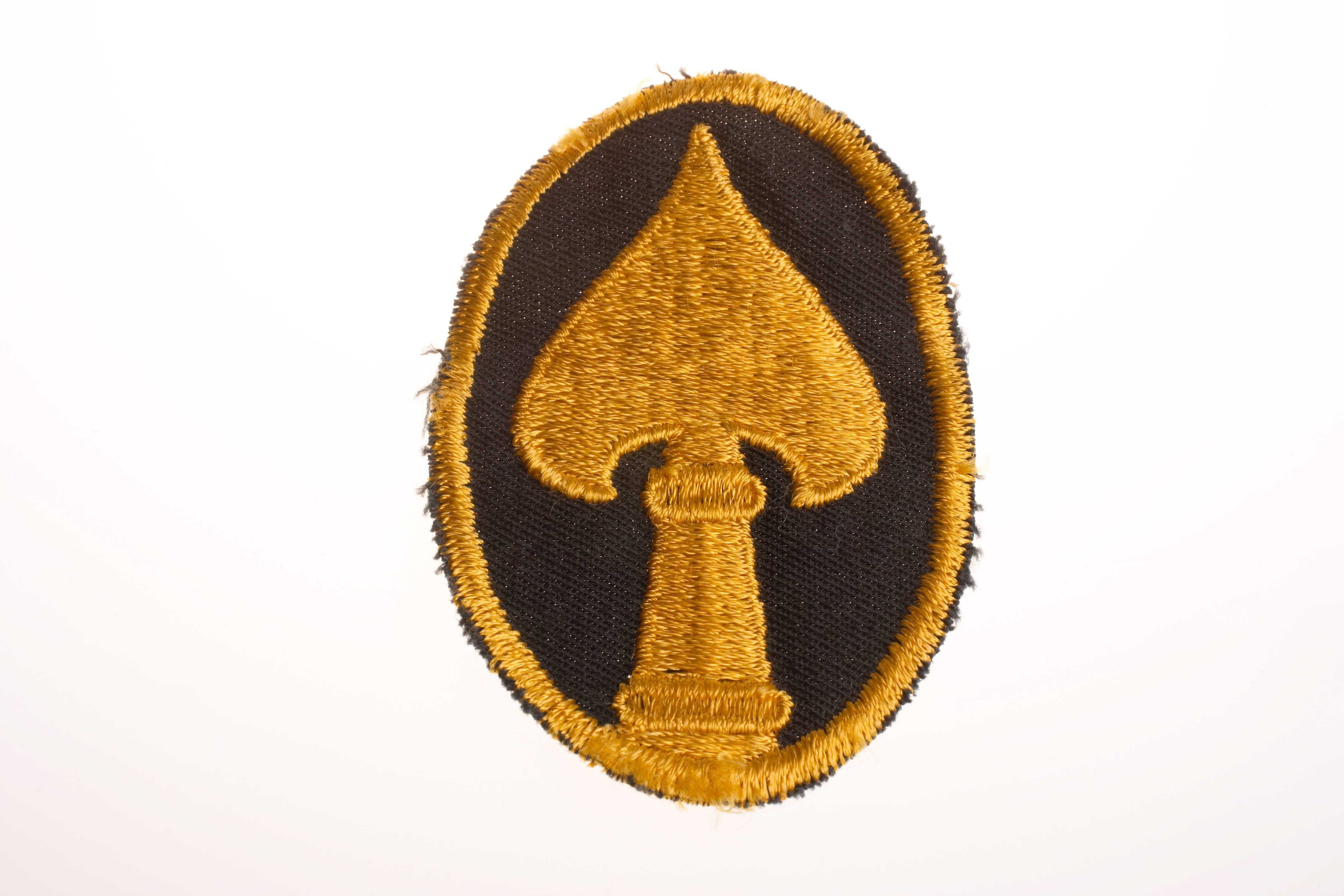By now, you’re all familiar with General William Donovan, the ‘Father of American Intelligence’ and architect of CIA’s World War II predecessor, the Office of Strategic Services (OSS). You’ve come to recognize him as an unorthodox frontline leader who believed so strongly in the power of intelligence and lobbied so fiercely for a permanent U.S. intelligence body that he was willing to put a promising future in Washington (and his reputation) on the line.

Don’t let this photo fool you. This guy was pretty wild.
In fact, it’s some of these unorthodox leadership traits which earned him the nickname ‘Wild Bill’ Donovan. But, how did Donovan get there? And what made him so decidedly ‘unorthodox?’ Let’s regale for a moment in some of the lesser-known stories of William Donovan, a few of which predate his well-deserved nickname, but which paint a more complete picture of this larger-than-life figure in American history.

William “Wild Bill” Donovan during World War I.
A World War I Hero
Donovan was born in 1883 and was drawn to service at an early age. At 29 years old, after graduating from Columbia Law School, he joined the New York National Guard’s 69th “Fighting Irish” Regiment as a Captain. Not long after, at the onset of World War I, Donovan answered the Nation’s call once again, serving in the 165th Regiment of the U.S. Army. It was here that the legend of ‘Wild Bill’ began. According to Douglas Waller, author of Wild Bill Donovan: The Spymaster Who Created the OSS and Modern American Espionage, the story goes something like this:
“After once running them [the troops in his unit in Europe during World War I] in full packs on a three-mile obstacle course over walls, under barbed wire, through icy streams, and up and down hills, the men collapsed gasping for air. ‘What the hell’s the matter with you guys?’ demanded Donovan, who had just turned thirty-five and carried the same load. ‘I haven’t lost my breath.’ A trooper in the back whom Donovan couldn’t see shouted: ‘But hell, we are not as wild as you are, Bill.’ From that day on, ‘Wild Bill’ stuck. Donovan professed annoyance with the nickname because it ran counter to the quiet, intense image he wanted to project. But Ruth [his wife] knew that deep down he loved it.”
As a leader, Donovan demanded excellence from the troops in his battalion, but always led by example, on and off the battlefield. By the end of the war, Donovan had been wounded in action on three separate occasions. He was awarded the Distinguished Service Cross, the Silver Star, the Distinguished Service Medal, and—for bravery under fire between 15-16 October 1918 near Landres-et-St.Georges, France—the Medal of Honor. He was among the most highly decorated U.S. soldiers in World War I.
White House Antics
In the mid-1940s, with America in the throes of World War II, Donovan’s OSS was working diligently to develop innovative solutions to aid in its covert operations across the globe. Recognizing the strategic need for silenced weaponry, OSS’s Research and Development (R&D) wing—under the direction of OSS’ Director for R&D Stanley Lovell—was hard at work looking for ways to modify weapons which would allow OSS officers and warfighters to operate covertly.

In 1944, after a breakthrough in research and development, Donovan brought the silencer to the White House, eager to show it to President Franklin Roosevelt. Upon arrival, General Donovan was told that the President was occupied with other business and that he would have to wait while the President finished his meeting. Not known as a patient man, Donovan recognized a ripe opportunity to display the tactical advantage afforded by his office’s new weapon. Still inside the White House, Donovan set up a sandbag and, from across the room, proceeded to fire ten rounds into the bag.
When the President ended his meeting, Donovan pulled out the sand bag and told the President what he had just done. Roosevelt was incredulous that such a feat could have been pulled-off, especially in an area as highly guarded as the White House. He was so impressed, in fact that he decided to hang on to that silencer. It is still displayed at his Presidential Library in Hyde Park, New York.
You can learn more about Donovan’s White House antics and see a replica of this very weapon by checking out The Debrief: Behind the Artifact – Wild Bill’s Gun from CIA’s Youtube channel.
The Debrief: Behind the Artifact – Wild Bill’s Gun
General Donovan was the head of the
OSS, the Office of Strategic Services, which is the predecessor to the CIA during World War II. Today we’re going to talk about an
artifact and a story that definitely fit with Donovan’s nickname, which is Wild Bill Donovan. —
[MUSIC]
This .22 caliber high-standard weapon was commercially available, but the OSS wanted it silenced so that they can use it in the field. In 1944 for the OSS came through on
their project and Donovan proudly took the weapon down to the White House. When he arrived though, the President was a little
occupied, he was dictating a letter to his secretary. Donovan grew impatient and decided to set up a sand bag and decided to fire 10 rounds, while the President was dictating this letter. After the President was finished and Donovan said that he had
actually fired the weapon, the President just sort of laughed it off as a joke, thinking there’s no way you fired a weapon in the high-security room like this. But after Donovan showed him the sandbag which had holes in it, he was impressed, so impressed to the dismay of Donovan that the President actually kept the weapon and it’s still on display at his Presidential Library in Hyde Park, New York.
[MUSIC]
A Defiant Leader
By the time of the Allied invasion on the beaches of Normandy, General Donovan was a well-established senior leader in U.S. Government. As the head of OSS, he was responsible for directing the Agency’s wartime intelligence gathering and nontraditional warfare operations. His days of charging at the enemy, weapon in-hand, side-by-side with his troops, was well behind him. Somebody should have probably mentioned that to him.
In his same book, author Douglas Waller recounts the incredible efforts made by Donovan to get himself onto the beaches of Normandy for the assault:
“…Eisenhower agreed that the Normandy beach was no place for America’s top intelligence officer. [Navy Secretary] James Forrestal has sent [OSS London Station Chief] David Bruce a cable he wanted passed on to Donovan telling him ‘he was not to board any U.S. Naval craft.’ Donovan turned on the Irish charm and begged his only Navy pal to cut orders attaching him to one of the ships making the landing.”
When that didn’t work, according to Waller, Donovan found another solution. On June 6, 1944, he arrived with the rest of the fleet at Utah Beach on the Contentin Peninsula in Normandy. He waited all of one day before getting his boots in the sand, despite strong objections from his ship’s admiral. Donovan wouldn’t be denied the opportunity to join the battle.
After a rocky landing and more than a few close calls on the beach—having nearly been killed by strafing German fighter planes and machinegun fire—Donovan and OSS London Chief Bruce made it safely to their destination: the 7th Corps command post. To Donovan, there was no greater calling than being on the field of battle with his soldiers.
Tip of the Spear
Donovan’s life and career were filled with similar examples of strong will and (at times) defiance. He lived as he preached, and made every effort to remain at the tip of the spear in any engagement. In fact, that ‘tip of the spear’ mentality was depicted in the OSS insignia, which featured a gold spearhead and a black background. The spear lives on today in the logo of CIA’s Directorate of Operations.

